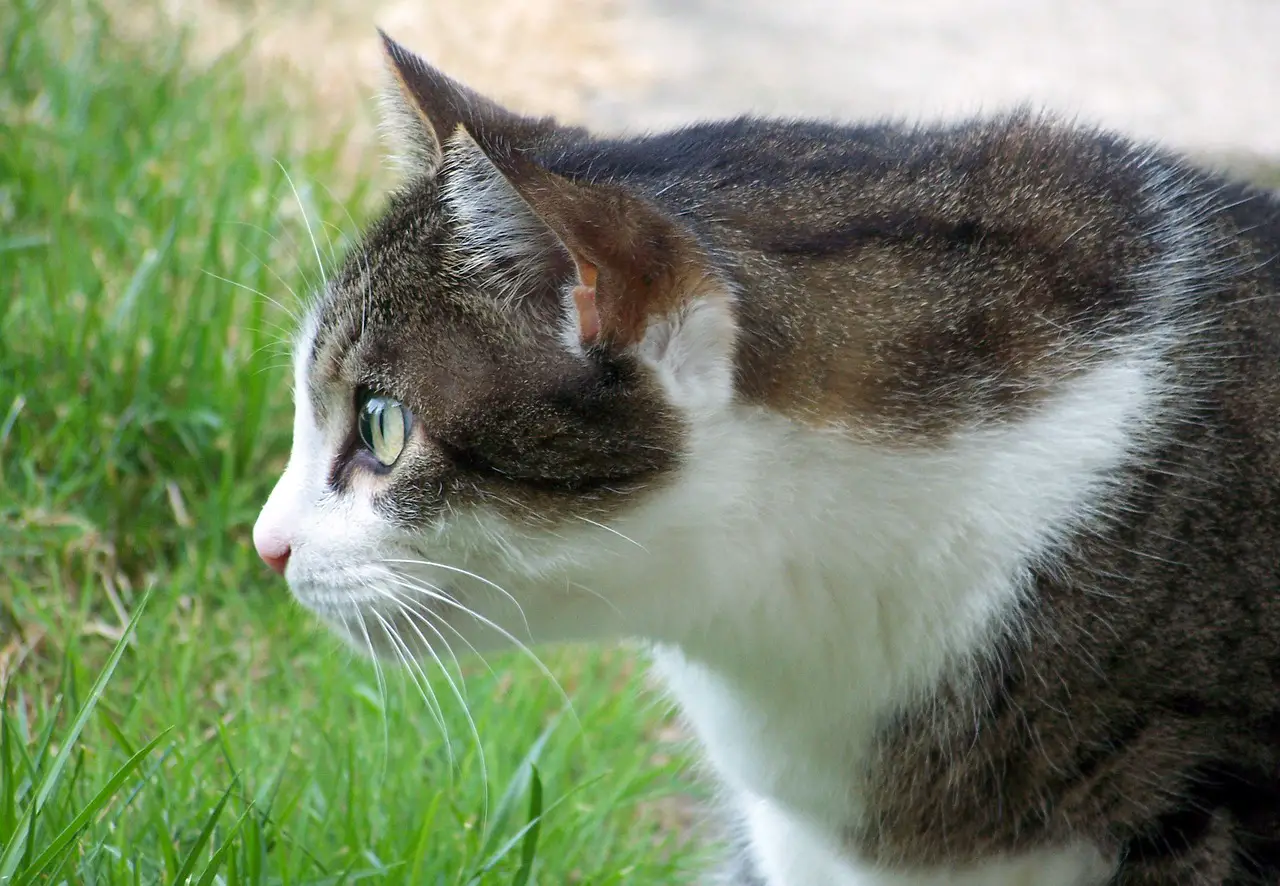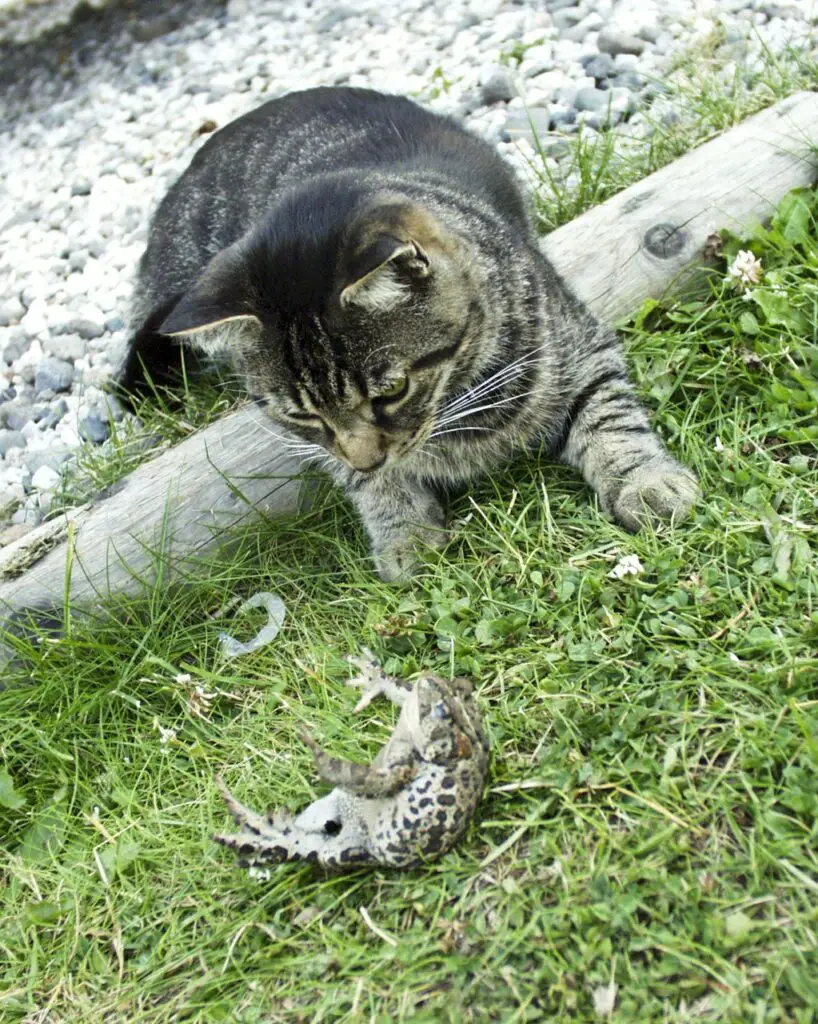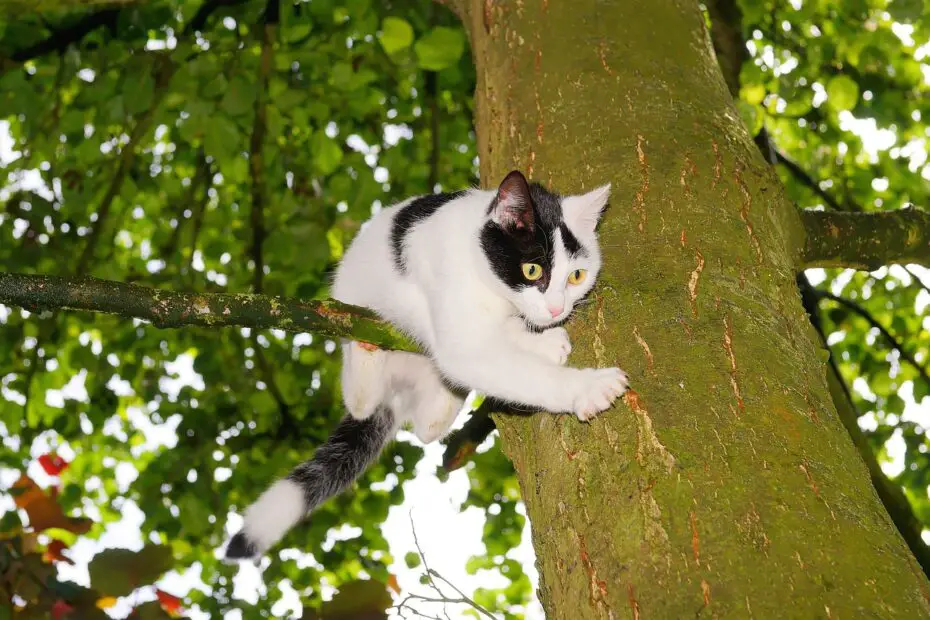Cats have a special place in our hearts. Their playful antics, affectionate purring, and independent nature make them beloved companions for millions of people worldwide. However, as responsible pet owners and stewards of the planet, it’s crucial to recognize that cat ownership has an environmental impact.
In this blog, we will explore The Environmental Impact of Cat Ownership, and discuss ways to balance our love for these furry friends with our love for the planet.
You may also want to know if cats can swim.
Cats and Biodiversity
Cats are natural hunters, and their hunting instincts remain intact even when they’re domesticated. While this trait can be endearing when your cat “hunts” toys, it becomes problematic when they target local wildlife. Cats, particularly those allowed to roam freely outdoors, can have a detrimental impact on local ecosystems. They may hunt birds, small mammals, and insects, often leading to declines in native species.

The Environmental Impact of Cat Ownership on Bird Populations
Birds are especially vulnerable to cat predation. In the United States alone, outdoor cats are estimated to kill billions of birds each year. This predation can lead to declines in bird populations, including endangered and threatened species.
The Prey-Predator Balance
Cats are not part of the natural ecosystems of many regions where they have been introduced. As a result, they can disrupt the balance between prey and predator species. For example, by reducing bird populations, cats may lead to an increase in insects that the birds would have otherwise controlled.
Balancing Love for Cats and Love for the Planet
The environmental impact of cat ownership is a complex issue, but it’s not without solutions. Here are some steps cat owners can take to mitigate their cats’ impact on the environment while ensuring the well-being of their feline companions:
1. Keep Cats Indoors or in Enclosed Outdoor Spaces
One of the most effective ways to reduce a cat’s impact on local wildlife is to keep them indoors or in enclosed outdoor spaces. Indoor cats can enjoy a safe environment while minimizing their hunting opportunities. If you want to provide outdoor experiences, consider a cat enclosure or a “catio” where your cat can enjoy the outdoors without posing a threat to wildlife.

2. Spay and Neuter Your Cats
Spaying and neutering not only help control the cat population but also reduce the urge to roam and hunt in cats. This, in turn, can decrease their impact on local wildlife.
3. Use Collars with Bells
Attaching a bell to your cat’s collar can make it more challenging for them to sneak up on prey. While not foolproof, it can give small animals a better chance of escaping.
4. Provide Indoor Enrichment
Cats need mental and physical stimulation. Create an enriching indoor environment with toys, climbing structures, scratching posts, and interactive play to keep your cat entertained and satisfied.
5. Adopt Eco-Friendly Practices
When choosing cat litter, opt for eco-friendly, biodegradable options like corn or wheat-based litters. These are less harmful to the environment compared to traditional clay-based litters.
6. Consider an Adopted Feral Cat as a Companion
If you have the space and resources, consider adopting a feral cat or a cat from a shelter with a history of outdoor living. These cats can live happily in a more rural setting, where they may help control rodent populations.
7. Support Conservation Efforts
To balance your love for cats with love for the planet, consider supporting local and national conservation efforts. Donate to organizations dedicated to protecting wildlife and restoring natural habitats.
8. Educate Yourself and Others
Awareness is key. Learn about the environmental impact of cats and share this knowledge with fellow cat owners. Encourage responsible pet ownership and advocate for cat-friendly policies in your community.
The Ethical Dilemma of Feral Cats
Feral cats, those that live in the wild without direct human care, present a unique ethical challenge. They often exist in colonies and can suffer from disease, starvation, and exposure. While some animal advocates support trap-neuter-return (TNR) programs to control feral cat populations, others argue that the best solution is to provide them with lifelong care in managed colonies.
Finding a balance between the welfare of feral cats and the preservation of local wildlife is challenging. It underscores the importance of addressing the issue of feral cat populations on a broader societal level, with a focus on humane and sustainable solutions.
The Role of Legislation and Community Initiatives
Communities around the world are grappling with the environmental impact of cats. Some regions have enacted legislation requiring cat owners to keep their pets indoors or in enclosed spaces. Others have implemented TNR programs to manage feral cat colonies and reduce their impact.
Community initiatives, such as creating safe wildlife corridors and bird-friendly habitats, can also help mitigate the effects of cat predation. These initiatives encourage responsible pet ownership while working to protect local ecosystems.
A Balancing Act
As cat owners, we are faced with a balancing act between our love for these cherished companions and our responsibility to protect the planet’s biodiversity. It’s essential to remember that the environmental impact of cat ownership is not a black-and-white issue; it’s a complex challenge that requires thoughtful solutions and ongoing efforts.
By keeping cats indoors or in enclosed outdoor spaces, supporting spaying and neutering programs, and advocating for responsible pet ownership, we can minimize our cats’ impact on wildlife while ensuring their well-being. Additionally, supporting conservation efforts and educating ourselves and others about the issue can contribute to a more harmonious coexistence between cats and the environment.
Ultimately, it’s our shared responsibility as cat lovers and environmental stewards to find a way to strike the right balance between our love for cats and our love for the planet. In doing so, we can protect both the ecosystems that sustain us and the cherished feline companions that bring joy to our lives.
